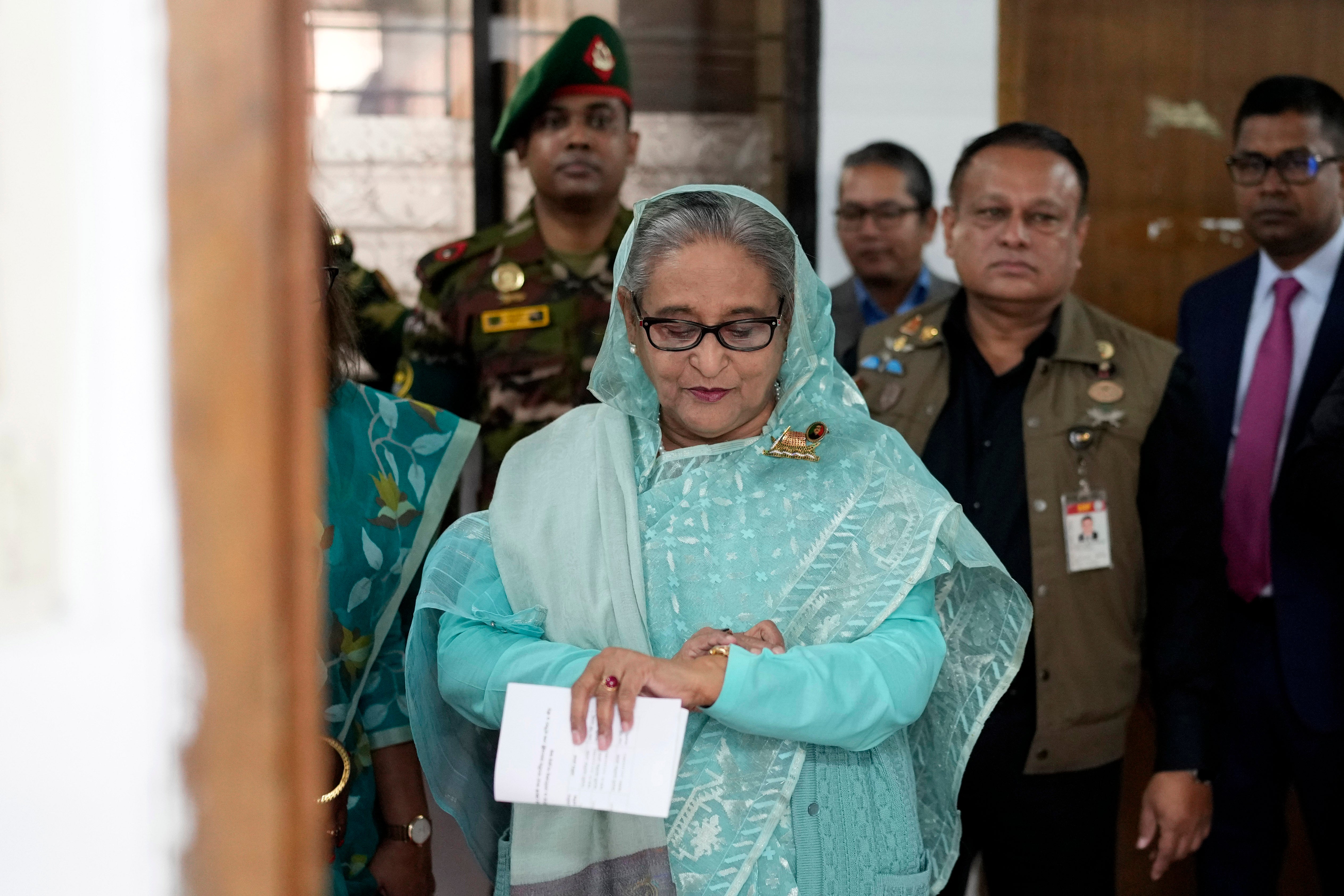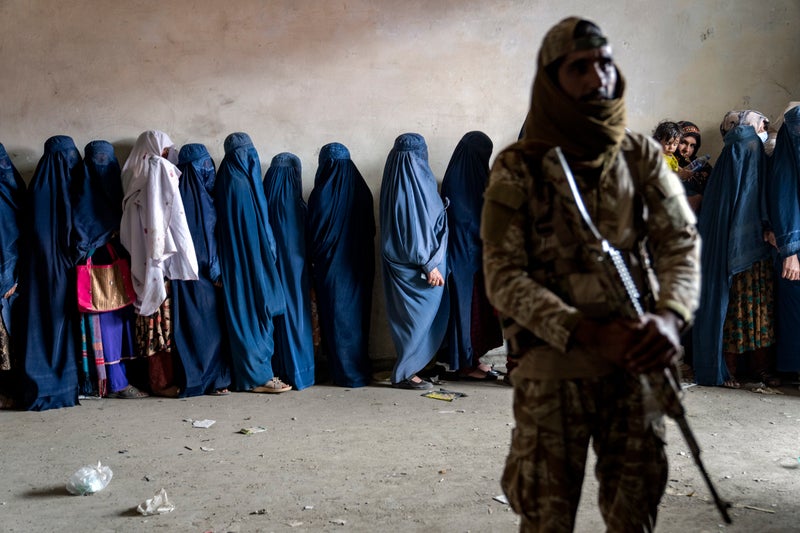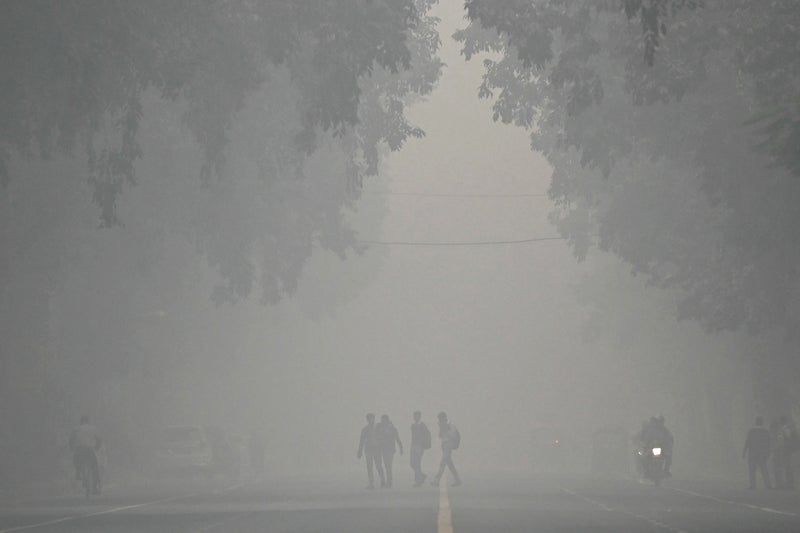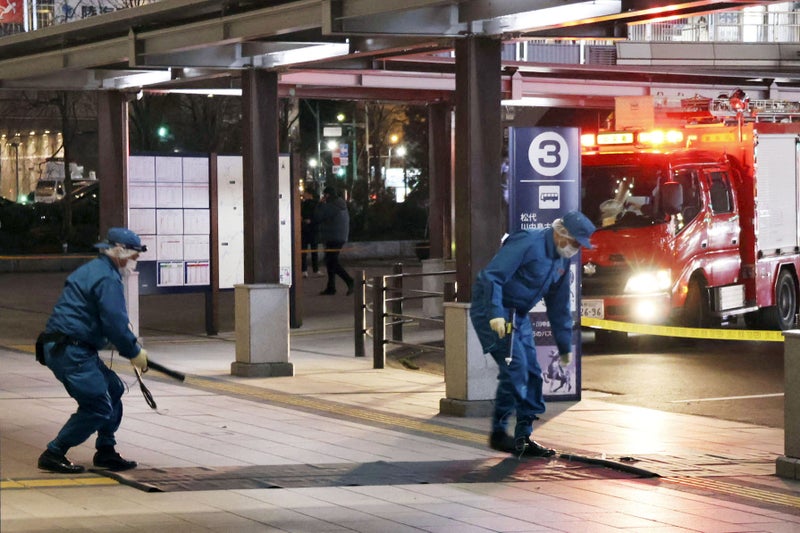Has Bangladesh’s revolution been a success?
Share:
Five months after thousands of protesters toppled Sheikh Hasina’s authoritarian government, Bangladesh is still consumed by protests and struggling with an economic crisis. Alisha Rahaman Sarkar reports. The 6 August marked a new beginning for more than 170 million people in Bangladesh, as the authoritarian government of prime minister Sheikh Hasina was finally toppled after weeks of bloody protests that saw hundreds killed.
![[Muhammad Yunus, head of Bangladesh’s interim government speaks to members of the media at the COP29 UN Climate Summit]](https://static.independent.co.uk/2024/11/17/14/COP29_Climate_Summit_76924.jpg)
The protests began as a student movement against plans to reform recruitment for public sector jobs, but quickly snowballed into a popular revolution against the Awami League government. Hasina fled to India on a helicopter as an angry mob marched towards the presidential palace.
![[People take part in a protest march in Dhaka]](https://static.independent.co.uk/2024/12/20/06/gettyimages-2181782559-612x612.jpg)
Her ousting created a power vacuum in Bangladesh that was quickly filled by a new caretaker government, as Hasina critic and Nobel laureate Mohammad Yunus returned to the country to be named interim leader. The 84-year-old microfinance pioneer faced an almighty task – restoring democracy to a nation scarred by violence and whose economy was floundering.
![[Protesters demonstrate to condemn the atrocities against Bangladesh’s Hindu minority community, in Mumbai, India]](https://static.independent.co.uk/2024/12/20/06/gettyimages-2188592535-612x612.jpg)
Almost five months on and the streets of Dhaka have come alive, schools and colleges have reopened, a police force which refused to work in the days immediately after Hasina’s ouster have returned, and remittances from abroad – worth around 5 per cent of GDP – have stabilised.
![[People have put garlands of shoes in Sheikh Hasina’s portrait in Dhaka,Bangladesh]](https://static.independent.co.uk/2024/12/20/06/gettyimages-2165116180-612x612.jpg)
But Bangladesh is still on edge, with growing discontent over the Yunus government’s failure to solve the economic crisis and international concern over attacks on religious minority groups. The UK government this month revised its travel guidance,cautioning that “terrorists are likely to try to carry out attacks” in Bangladesh as it advised citizens against “all but essential travel”.






















